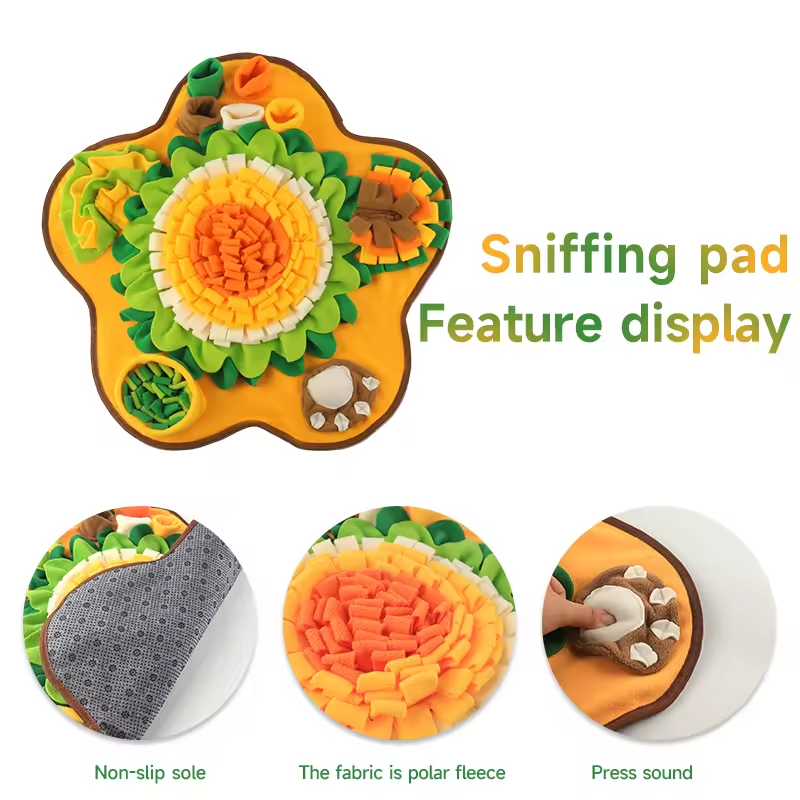The Benefits of Acoustic Felt Tiles for Sound Management
In modern architecture and interior design, the importance of sound management has become increasingly recognized. Whether in commercial spaces, offices, or homes, excessive noise can significantly impact productivity, comfort, and overall well-being. One innovative solution that addresses this need is the use of acoustic felt tiles. These tiles not only enhance the aesthetic appeal of a space but also provide effective sound absorption capabilities.
What Are Acoustic Felt Tiles?
Acoustic felt tiles are made from polyester or recycled materials, engineered to reduce sound reflections and reverberation. They are available in various colors, textures, and sizes, making them a versatile choice for decorators and architects looking to combine function with style. The felt material itself is dense yet lightweight, enabling it to absorb sound effectively while being easy to install.
The Science Behind Sound Absorption
Sound waves travel through the air and can bounce off hard surfaces, creating an echo-like effect in a room. This is particularly problematic in settings with glass walls, concrete floors, and tiled ceilings, where sounds can easily ricochet. Acoustic felt tiles help manage this issue by absorbing sound waves. The porous nature of the felt material allows it to trap sound energy, reducing the volume of noise that is reflected back into the room. This leads to a quieter, more comfortable environment.
The effectiveness of acoustic felt tiles depends on several factors, including thickness, density, and installation method. Thicker and denser tiles generally offer better absorption capabilities, particularly at lower frequencies, such as those produced by machinery or loud conversations.
Benefits of Acoustic Felt Tiles
1. Improved Sound Quality One of the primary advantages of using acoustic felt tiles is their ability to improve sound quality within a space. By minimizing echoes and background noise, they create a more pleasant acoustic environment. This is especially beneficial in open-plan offices, classrooms, and conferencing areas where clear communication is vital.
acoustic felt tiles

2. Aesthetic Versatility Acoustic felt tiles are available in a wide range of colors, patterns, and styles, allowing for creative design possibilities. They can be arranged in various configurations and can even be used as a focal point in interior design. This flexibility makes them a popular choice for designers aiming to balance sound control with aesthetic appeal.
3. Eco-Friendly Option Many acoustic felt tiles are made from recycled materials, making them an environmentally friendly choice. Utilizing sustainable materials not only reduces landfill waste but also appeals to a growing demographic of environmentally conscious consumers. Additionally, acoustic felt tiles can contribute to green building certifications such as LEED (Leadership in Energy and Environmental Design).
4. Easy Installation and Maintenance Acoustic felt tiles are typically easy to install using adhesive or clips, making them suitable for both new constructions and retrofits. They can also be easily removed and replaced, allowing for modifications as design needs change. Maintenance is minimal; regular cleaning with a damp cloth is usually sufficient to keep them looking new.
5. Cost-Effective Solution Compared to other soundproofing measures, such as installing acoustic panels or soundproof drywall, acoustic felt tiles are generally more affordable. Their cost-effectiveness, combined with their aesthetic and functional benefits, makes them an attractive option for various applications.
Applications of Acoustic Felt Tiles
The versatility of acoustic felt tiles allows for their use in numerous settings. In commercial spaces, they can enhance productivity by reducing workplace noise and creating a more pleasant atmosphere for employees. In educational environments, acoustic tiles contribute to better learning conditions by minimizing distractions and improving speech intelligibility.
Moreover, these tiles are also gaining popularity in residential applications. Homeowners can use them in living rooms, home theaters, and recording studios to achieve a quieter and more controlled sound environment.
Conclusion
Acoustic felt tiles represent an elegant solution for managing sound in diverse environments. Their ability to enhance acoustic quality while providing aesthetic appeal makes them a valuable addition to any space. As noise pollution continues to be a significant concern in our fast-paced world, incorporating sound-absorbing materials like acoustic felt tiles can greatly improve our living and working conditions. With their eco-friendly properties and ease of installation, acoustic felt tiles are certain to remain a preferred choice in sound management for years to come.
